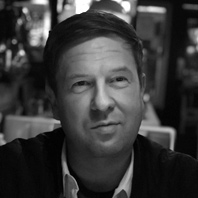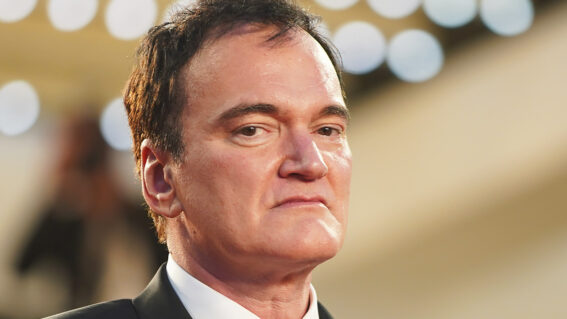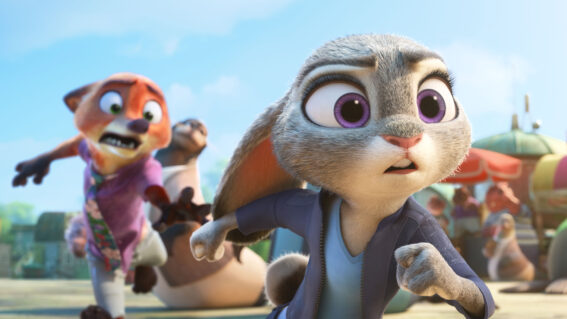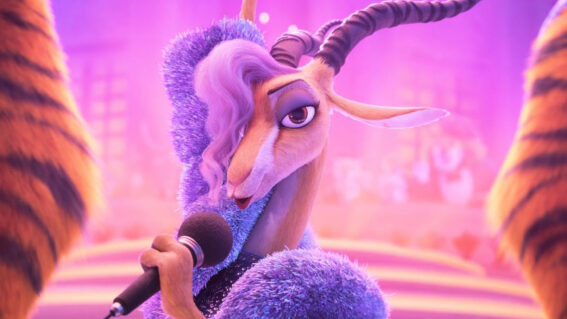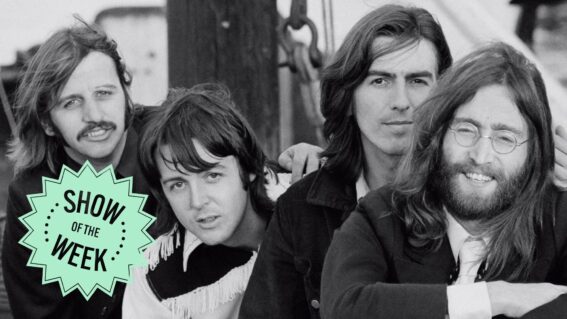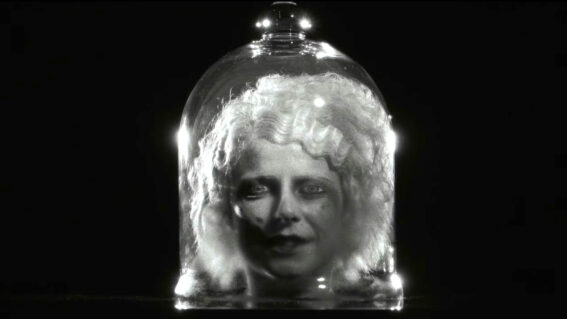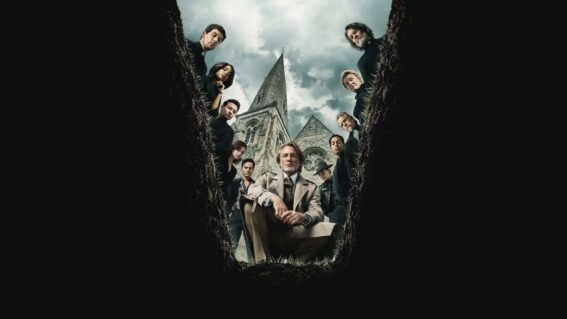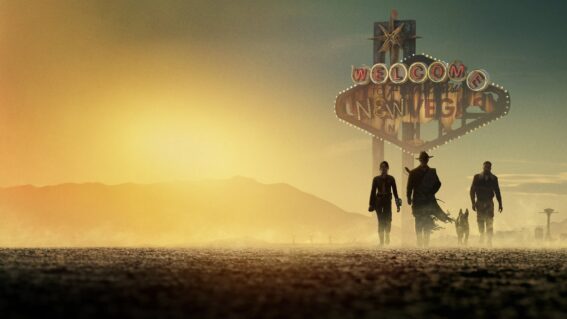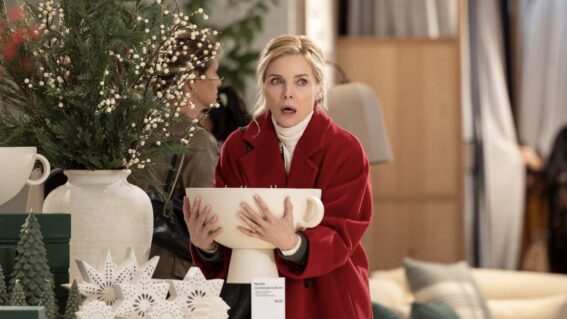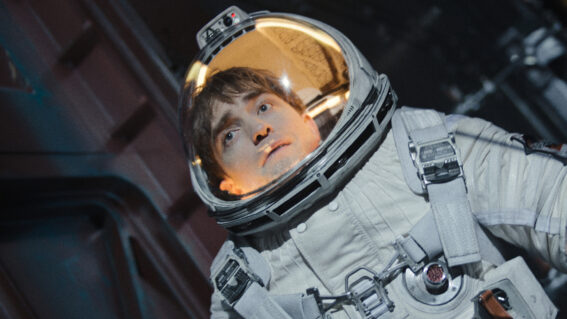Netflix’s chaotic Everybody’s Live With John Mulaney makes other TV look so freaking safe
“It’s like this show was made just for me. I can’t be the only one who feels like this?”
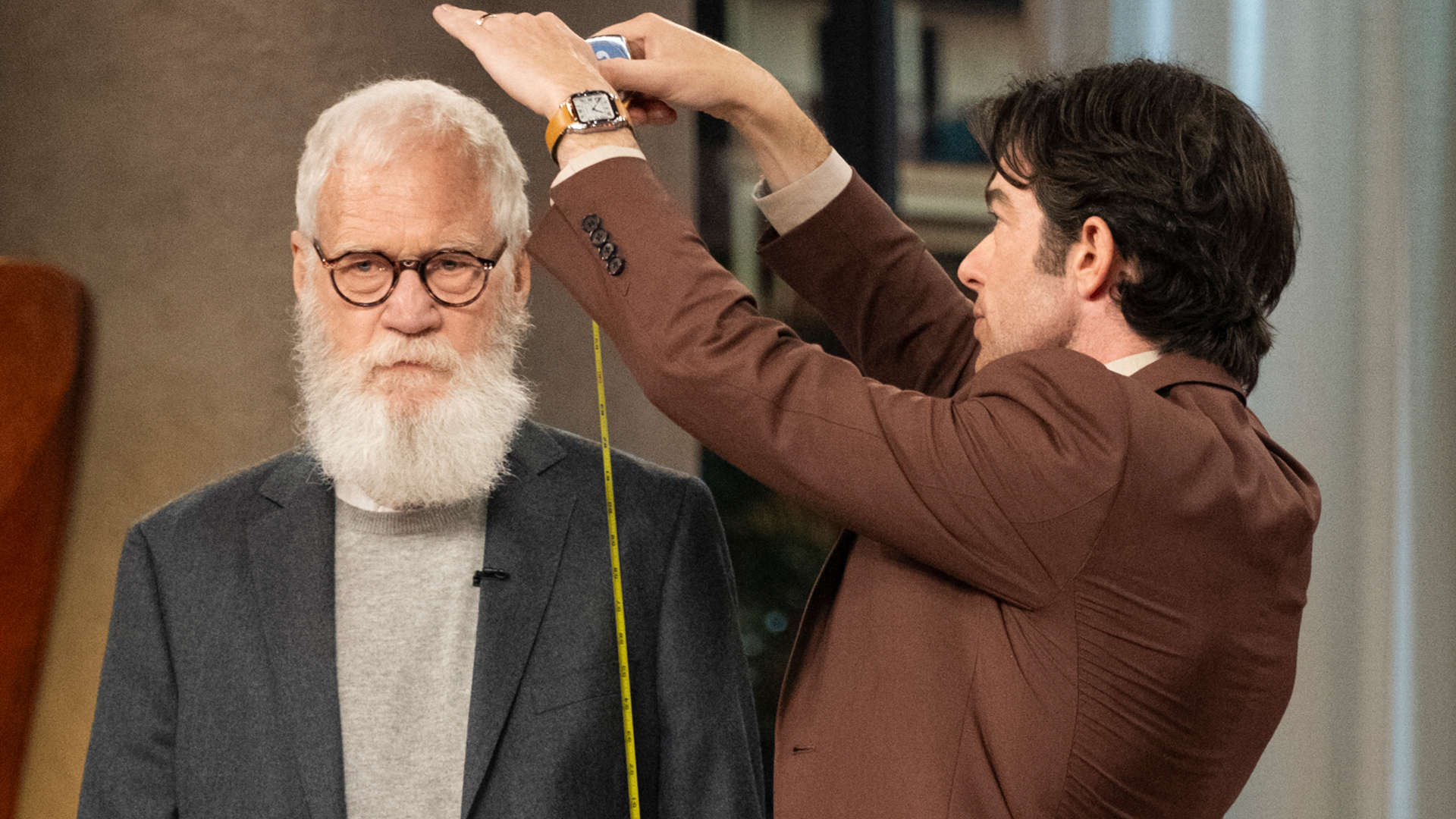
For the past eleven weeks, US comedian John Mulaney has been recreating the chaos of live television (remember that?) in Netflix variety show Everybody’s Live with John Mulaney. “It’s like this show was made just for me,” says Dominic Corry.
Everybody's Live with John Mulaney: Season 1
The best variety television occurs when you can tell the people making it are enjoying themselves. And the people making Everybody’s Live with John Mulaney seem like they’re having an absolute ball.
The Netflix variety talk show centered around comedian and former Saturday Night Live writer Mulaney began as a six-episode experiment last year called John Mulaney Presents: Everybody’s in LA before renaming itself for its ostensible ongoing incarnation, which is about to conclude its twelve-episode season run.
As a longtime fan of both Mulaney—I think Documentary Now! is one of the greatest things ever created and I even enjoyed his much-maligned shortlived 2014 sitcom—and the tradition of the American talk show, I may be somewhat predisposed to liking this, but there is so much happening here, it feels like there’s something for everyone.
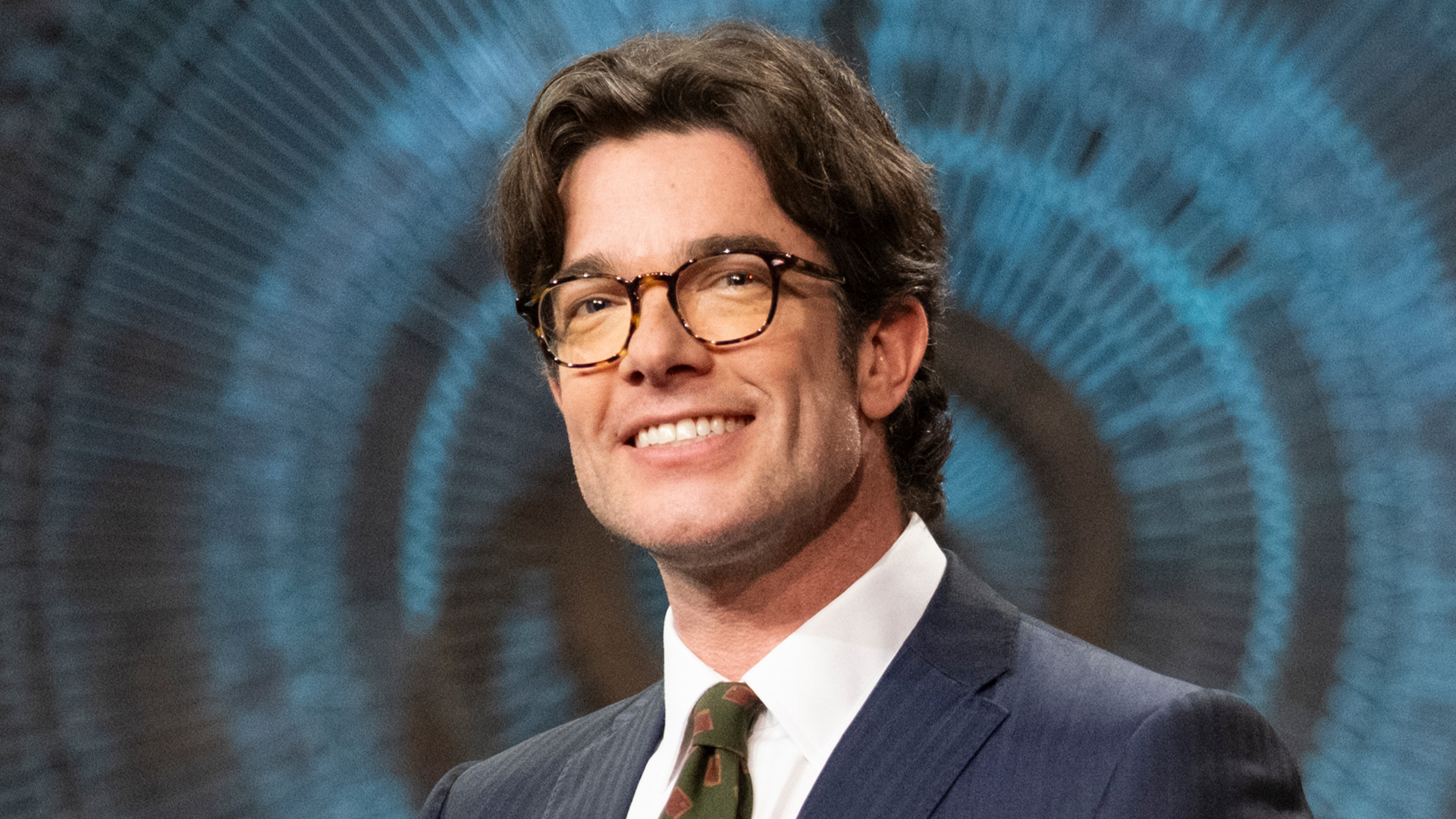
With nightly American talk shows such a key part of modern political discourse, we have all become extremely familiar with the format, which is more or less exactly the same across all the big ones. Mulaney—who clearly has great affection for the old school showbiz tropes that talk shows evoke—and his writers have very gently upended the format and the result is something fresh in an area that has felt way too samey samey for way too long.
Related reading:
* Hilarious new sitcom Overcompensating captures the college experience
* Poker Face returns with another winning hand of star-studded murders
* 10 shows arriving in May that we’re excited about
The first major point of difference is the fact that this is actually live, and while there have been no outright disasters, an endearing lack of edited polish hangs over the proceedings. Just by letting the general awkwardness of regular human interaction play a role in the show makes you want to lean in. I’ve never taken in the live broadcast as it went to air—it occurs at 2.00pm Thursdays in New Zealand—but you can feel the randomness all throughout the show, even in the (barely) edited version that sits on the streamer.
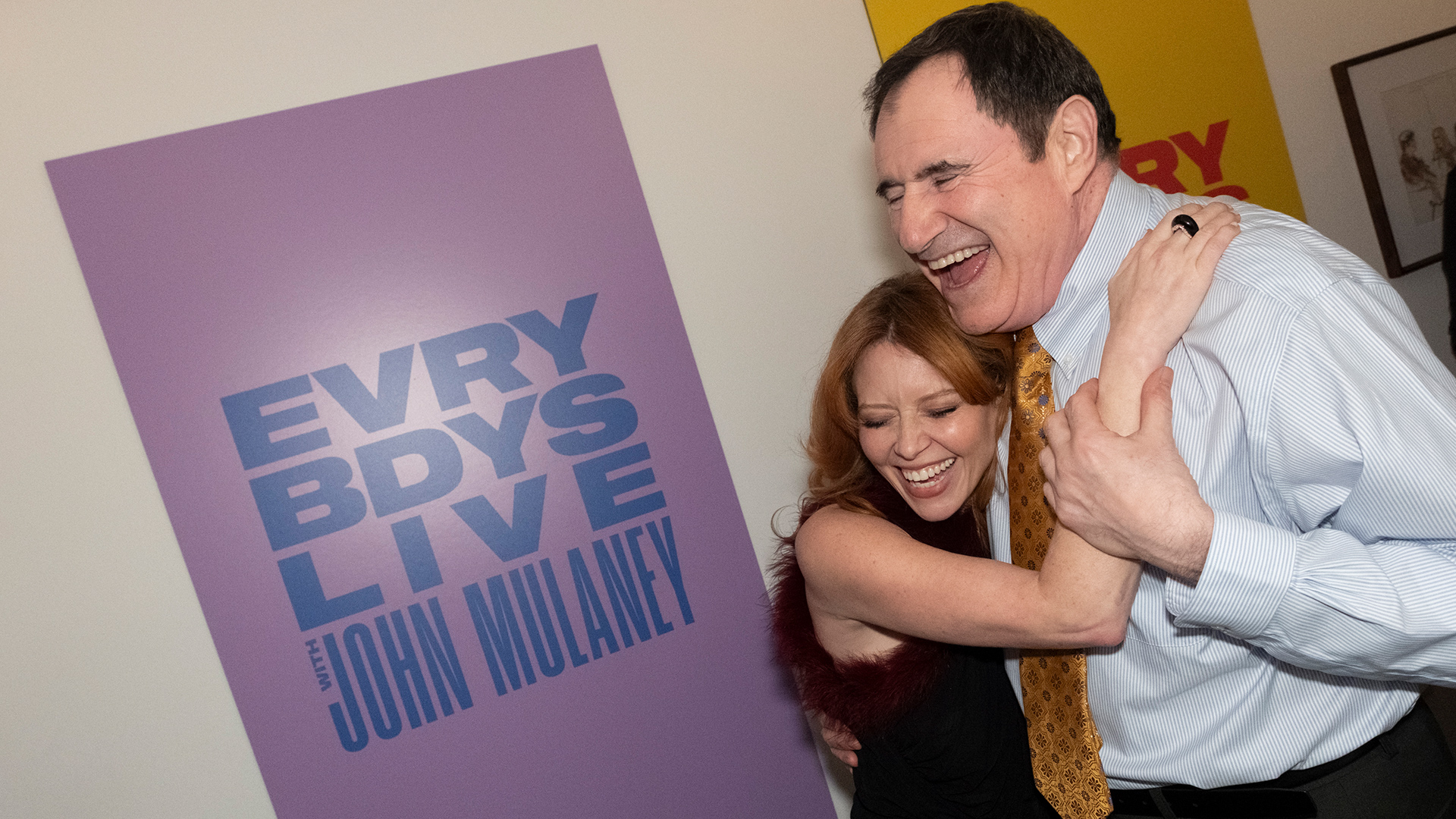
Another major factor making this all so wonderful is the fact that character actor and perennial “that guy” Richard Kind (prob best known for roles in A Serious Man and Spin City) is the show’s announcer/sidekick. The loud, brash, hilarious Kind feels like a man out of time, and he perfectly aligns with Mulaney’s classic leanings. He’s fantastic in the show’s sketches—you just wanna smile every time you see him.
It’s hard to think of a modern talk show where a sidekick plays such a key role—they used to have more of a presence in these sorts of spaces. Indeed, it’s kind of ironic many of the show’s “innovations” evoke talk shows from bygone eras, like those hosted by Dick Cavett or Merv Griffin—once again speaking to Mulaney’s love for old fashioned showbiz. Other examples include having the guests all sit on the couch at the same time, having actual conversations with them (as opposed to just setting up pre-planned anecdotes in between plugging their latest product), and having non-celebrity guests.
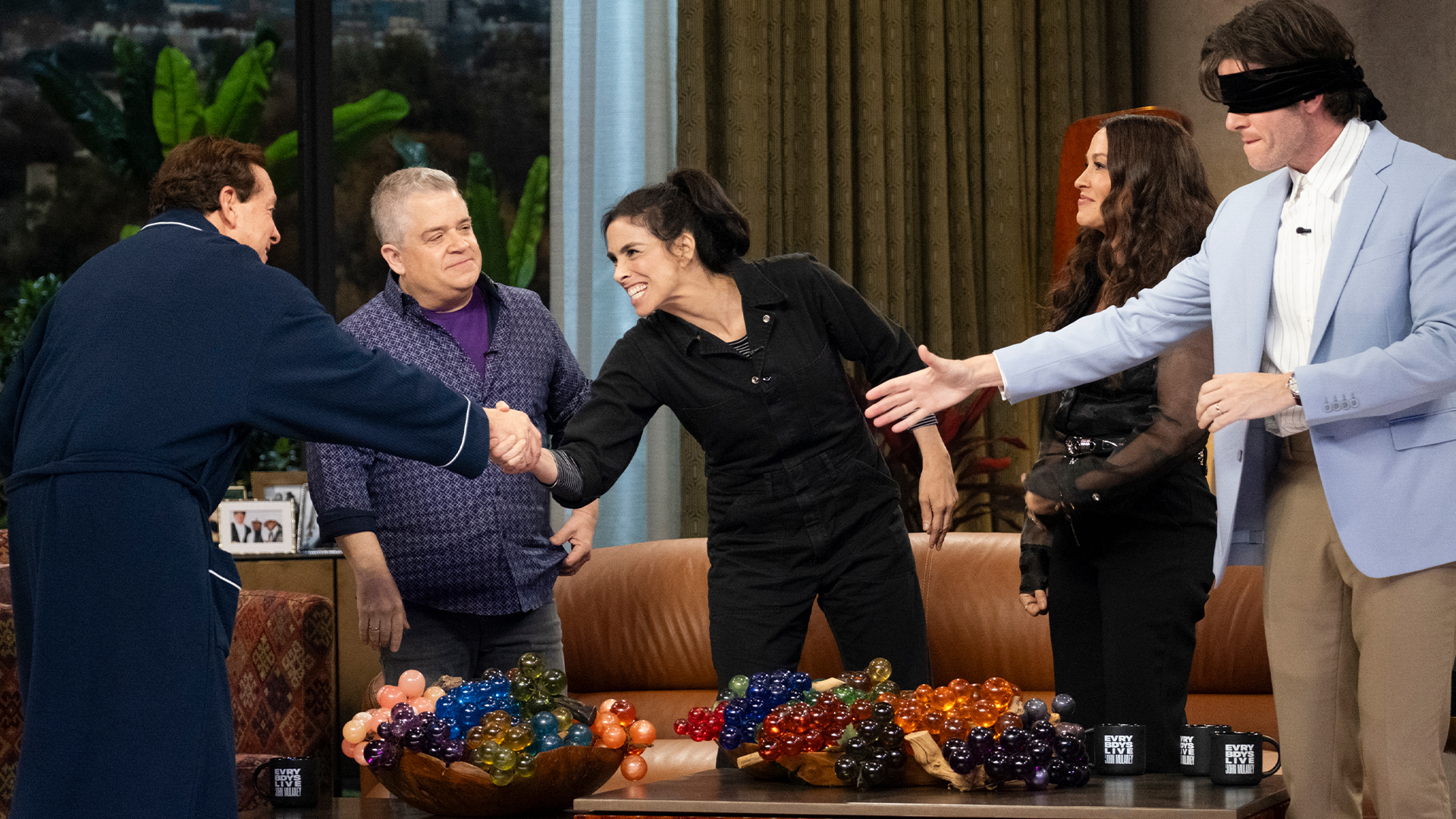
This last one is informed by how each episode has a theme (like “Why Can’t I sleep?” “Funeral Planning” and “Getting Fired”), for which Mulaney brings in a civilian expert. The guest selection is generally pretty inspired and comedian-heavy, and it almost never seems to be structured around the guest having something to promote. Which feels revolutionary in itself. Talk shows used to actually be, you know, people talking.
Politics is not absent from this show, but is rarely the focus of Mulaney’s opening monologue, which is often just him telling a story. One episode began with Mulaney regaling the tale of how he thought he was negotiating with the manager of legendary hip hop group Bone Thugs-N-Harmony for their appearance in a sketch, but the guy turned out to be an imposter.
More recently, Mulaney did the entire show wearing a blindfold, with the stage manager constantly coming into the shot to re-centre him. It resulted in even more chaos than usual, and exemplified how this show’s embrace of a loose vibe only draws the viewer closer.
Then there are the sketches and random throwaway moments, all reliably absurd concepts that highlight just how staid and conventional Mulaney’s old stomping ground—and supposed market leader in sketches—Saturday Night Live remains.
My favourite sketch so far has Mulaney leading a focus group of actors who played Willy Loman, the main character in Arthur Miller’s Death of a Salesman, on stage. The group included Christopher Lloyd, Wendell Pierce, Rob Morrow and other recognisable faces, all of whom actually played Willy Loman on stage.
In a later episode, Mulaney conducts a focus group with stunt performers from Terminator 2: Judgment Day, and includes a couple of Willy Lomans in there “because their cars haven’t showed up yet”. It’s like this show was made just for me. I can’t be the only one who feels like this?
Possibly my favourite throwaway gag had Mulaney and Kind commenting on how someone had posted Ring camera footage of the horror character Butterball from the 1988 horror classic Hellraiser delivering food for Uber Eats. As Mulaney observes: “He was an original Cenobite! If a guy like Butterball is delivering Uber Eats, you know our industry is in the toilet.”
“He was in The Order of the Gash!” chimes in Kind.
Another wonderful moment had Mulaney announcing that the “thing that lives behind the dumpster” from David Lynch’s Mulholland Dr. was in the studio audience. I was in heaven.
There’s a great recurring bit that shows up towards the end of the show where the guests all gather around a telescope to view some odd occurrence happening in a building out the window, which usually results in some in-studio moment. Steve Guttenberg recently appeared in this bit, then joined the couch in his robe.
Then there is the music—beyond the deliriously cool opening titles which has Wang Chung’s underrated new wave banger To Live and Die In L.A. (from the 1985 film of the same name) laid over a hazy montage of neo classic Los Angeles imagery (including the giant looming Minion up at Universal Studios, natch), the bookers here are having the time of their lives, bringing in artists like Cypress Hill, Kim Gordon, Alanis Morrisette, amongst many other delightfully eclectic acts. Again, it’s almost never geared around having a new album to promote.
For all the cool little weird things this show does, the one that tickles me the most is the easily-missed subtitles they put up beneath a person’s name when they identify them on screen. Not since the glory days of The Colbert Report has a show had so much fun with traditionally boring on-screen graphics.
When identifying Mulaney, a subtitle once read “DANCING WITH THE STARS 2028 CONTESTANT”. When Mulaney came out blindfolded, the subtitle read “BABYGIRL CAN’T SEE SHIT”. The one for comedian Ramy Youseff, a practicing Muslim, said “SOBER FOR DIFFERENT REASONS TO JOHN”.
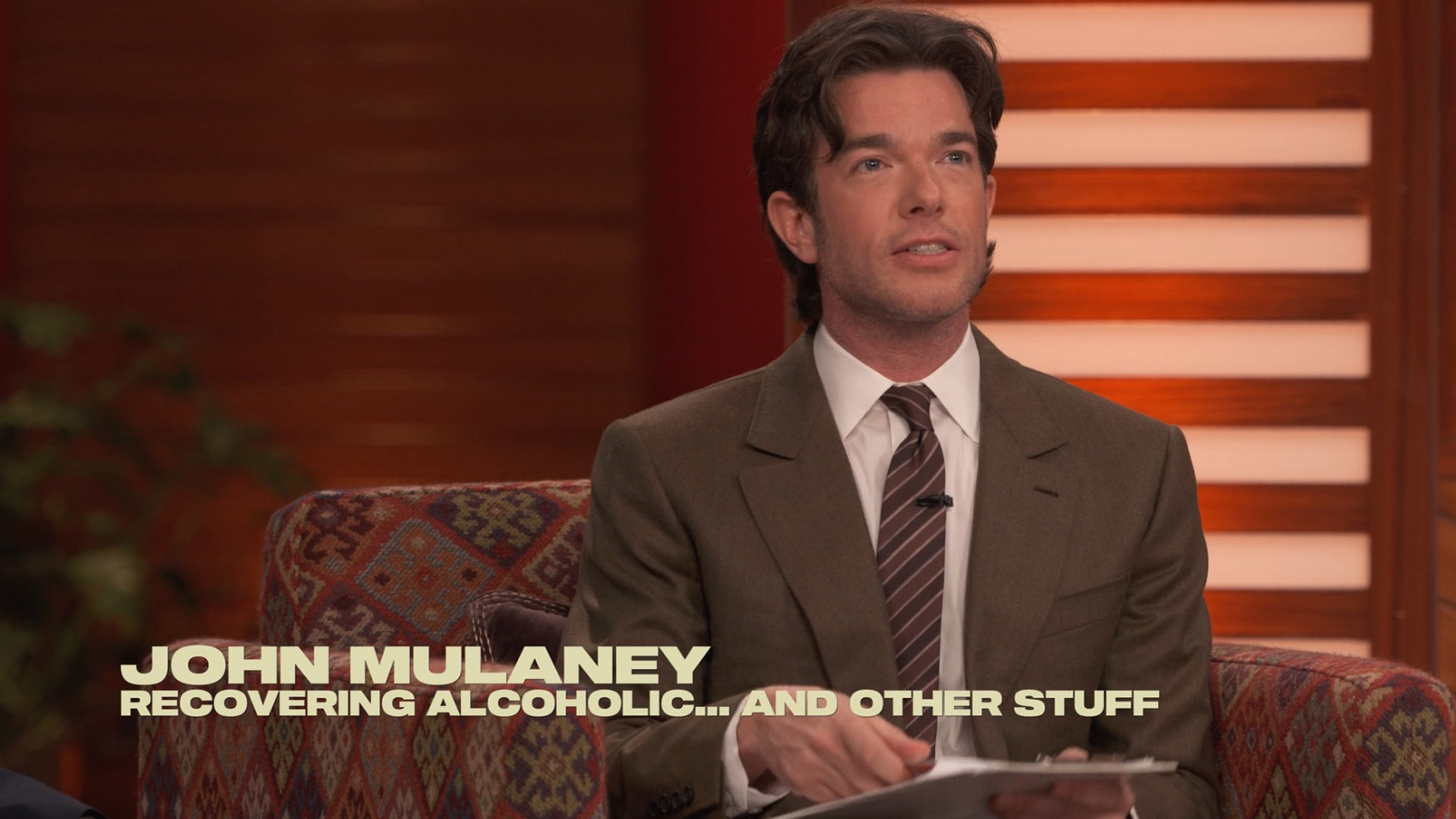
Which also highlights how Mulaney is never afraid to make fun of his own substance abuse issues in the show. Which, again, I find hugely endearing, and indicative of the show’s generally frank approach to everything.
There is also a live call-in element featuring phone calls from viewers that often go off the rails. TV is so freaking safe these days, just by introducing a tiny element of danger, this show feels like it’s opened up a whole new world of possibilities.
Also, Mulaney is going to fight three teenage boys in the season finalé. They have been introducing one each week, with each calling Mulaney out. Looking forward to seeing how that turns out.
